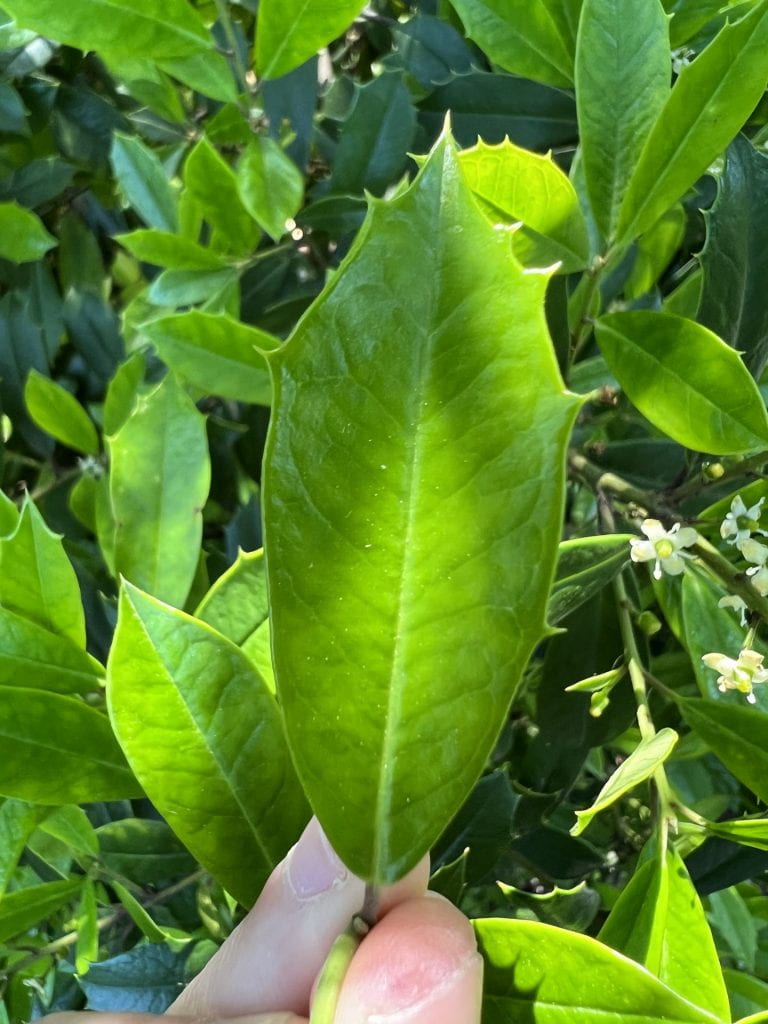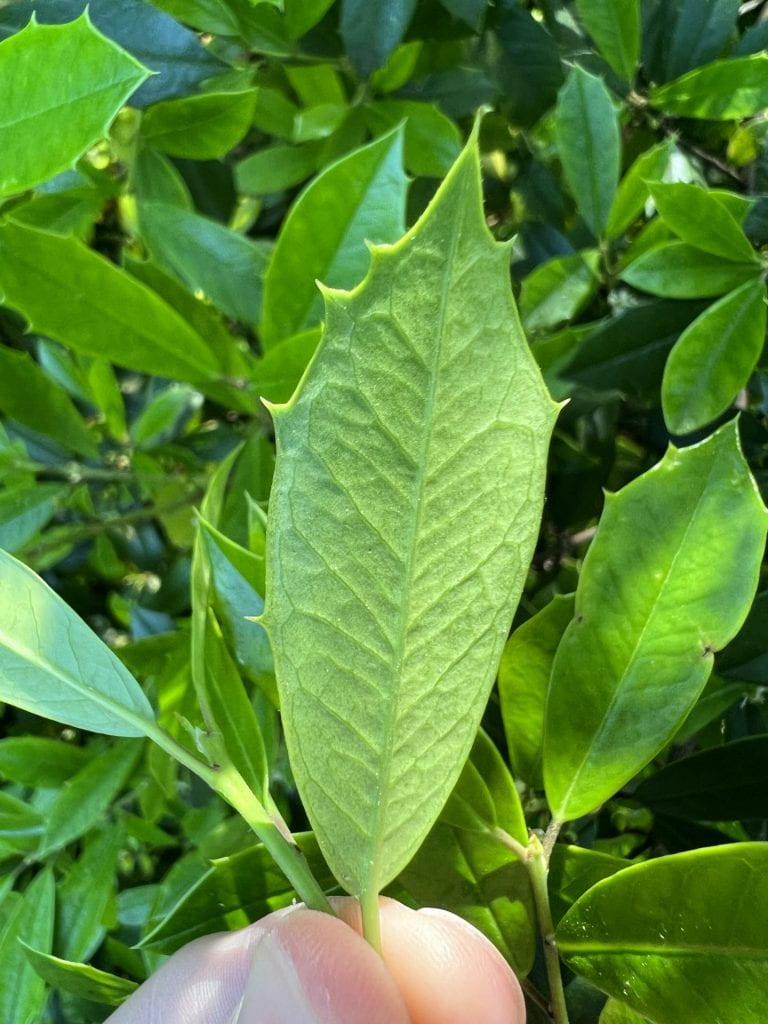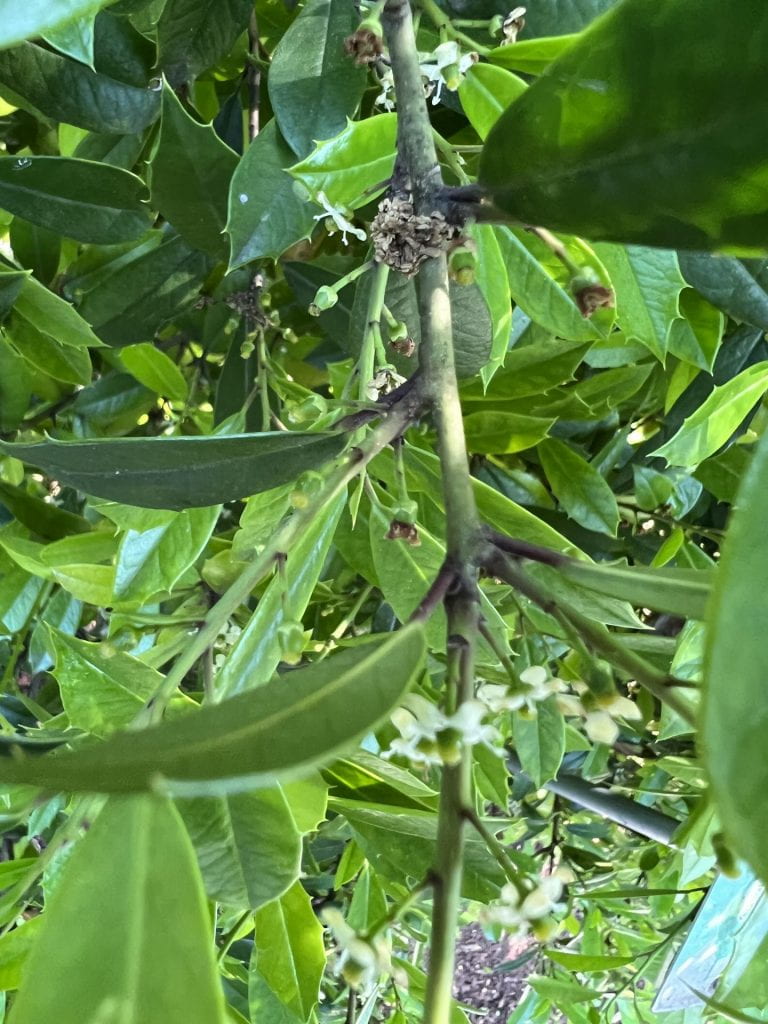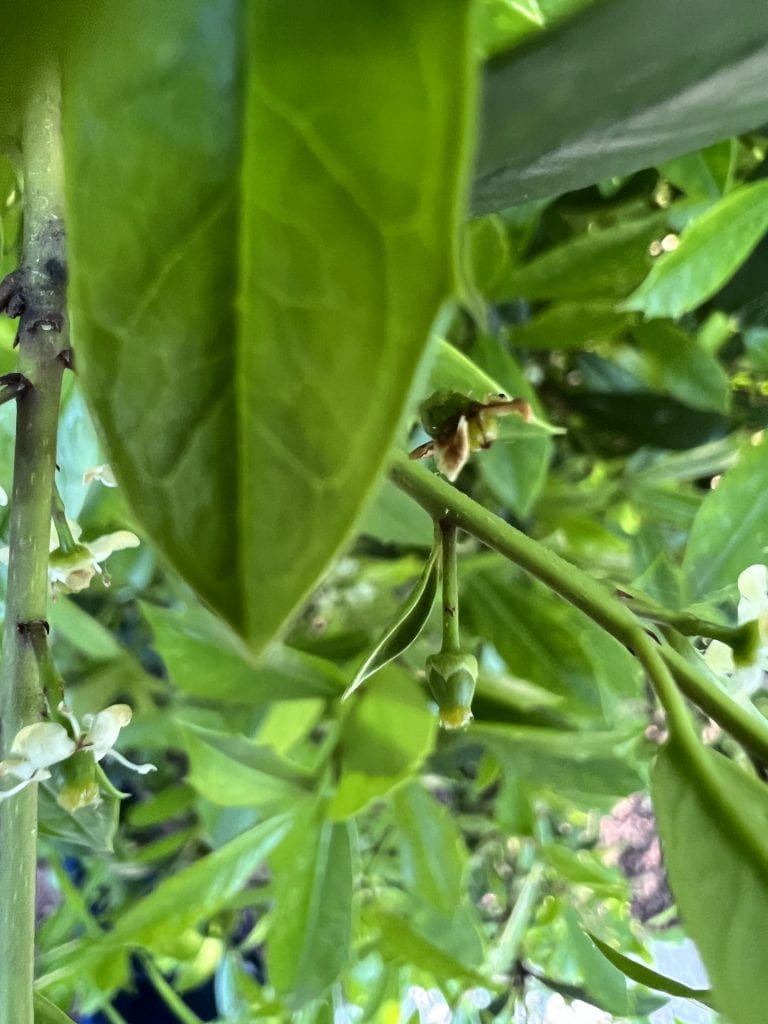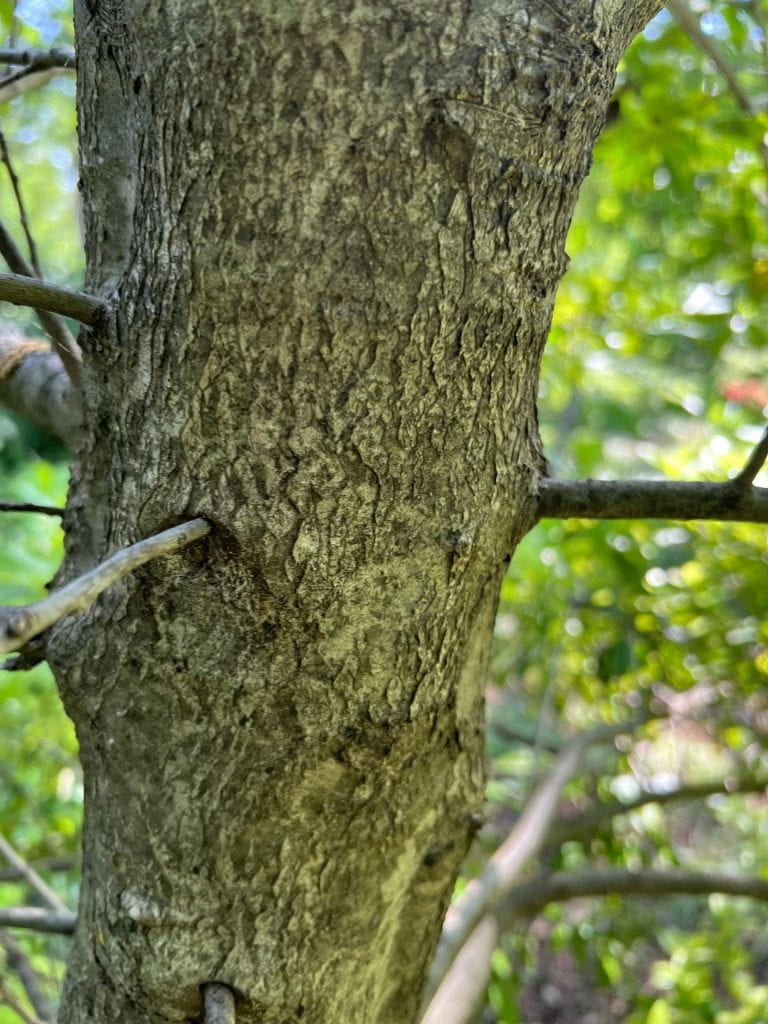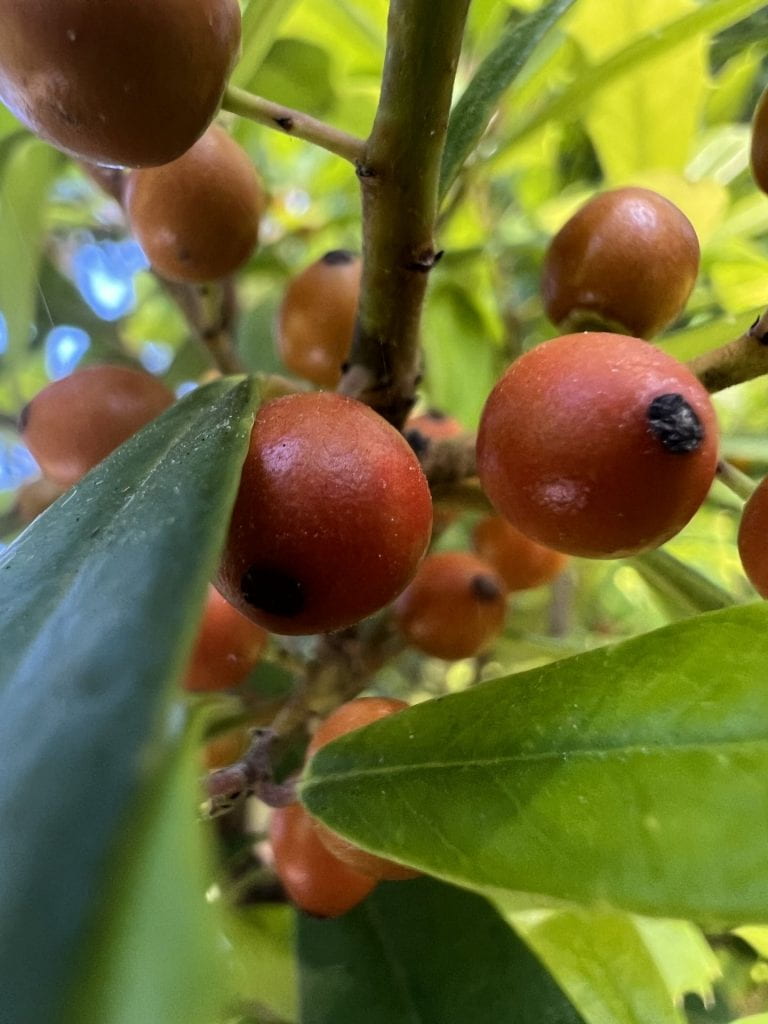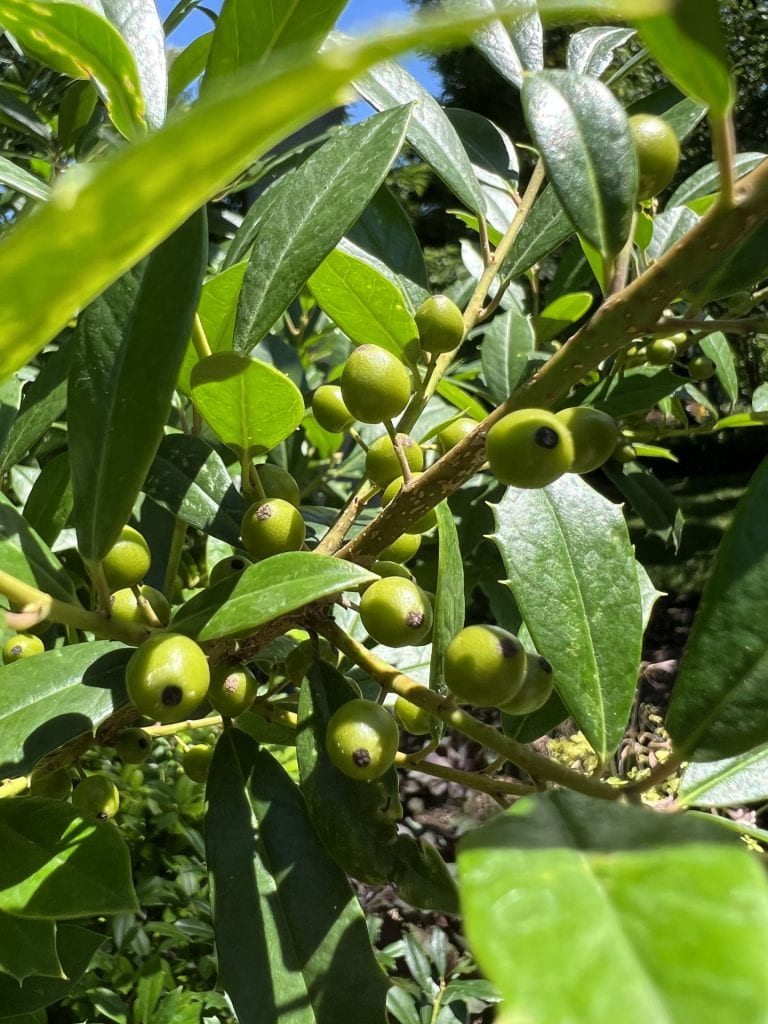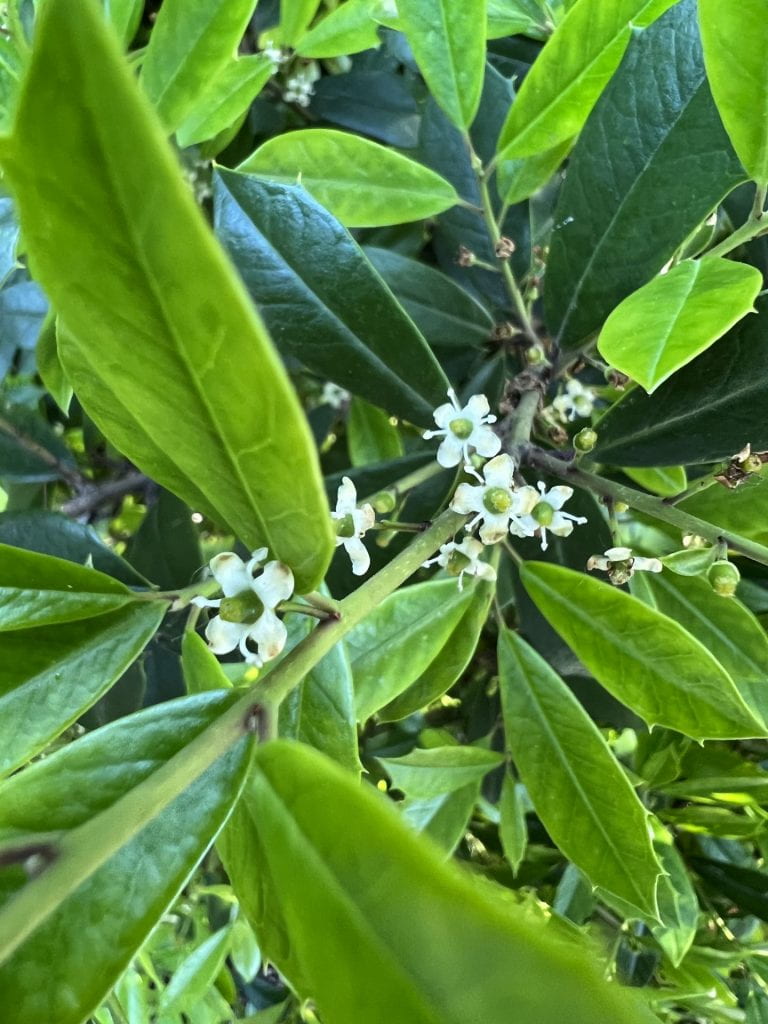Foster Holly
Arbor walk #39, Treekeeper ID #4373
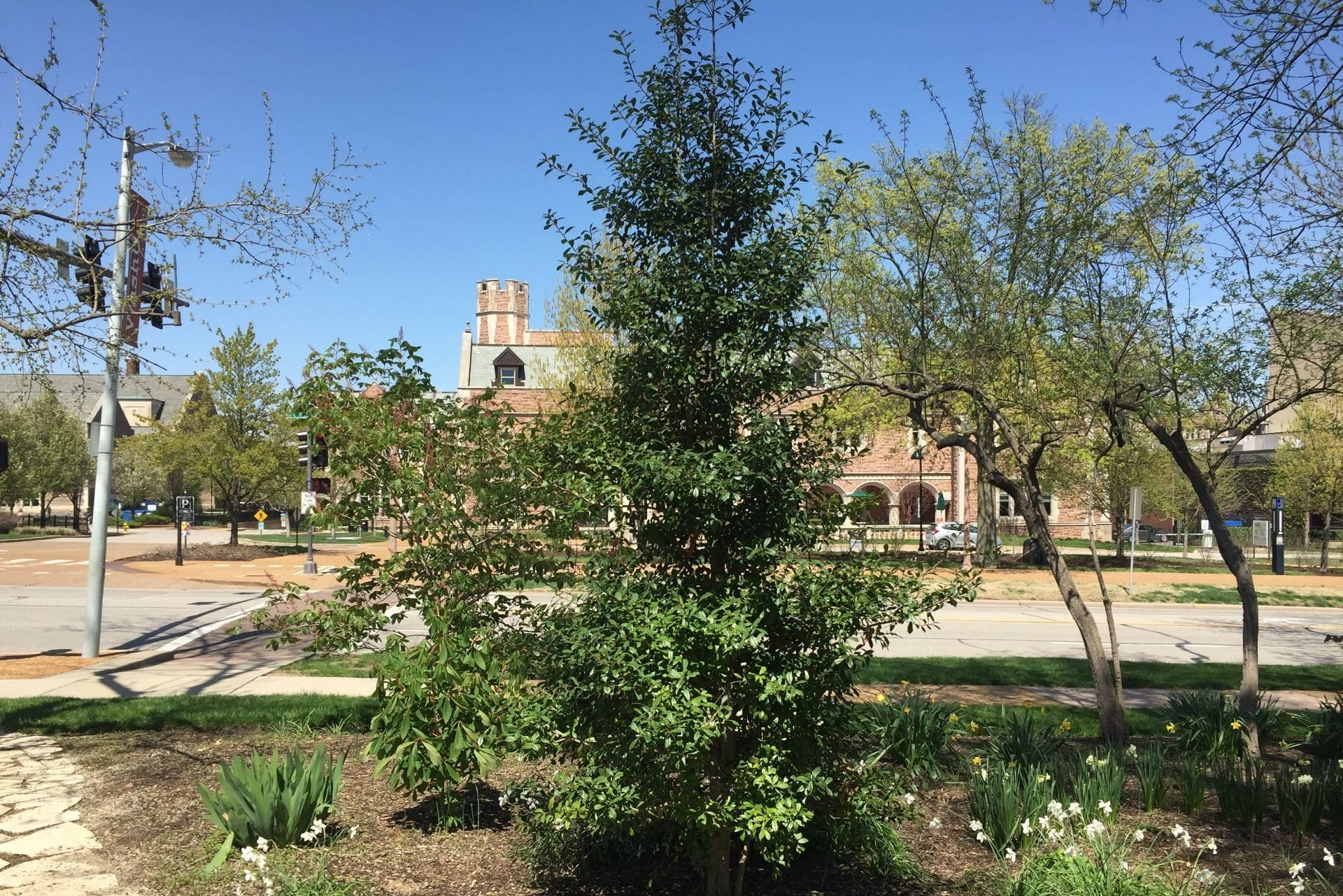
A naturally occurring hybrid species of American Holly and Dahoon Holly, it was found growing in the wild in Florida in 1924. This is a broadleaf evergreen tree of small to medium stature that prefers well-drained, slightly acidic soil and dislikes extreme hot and cold temperatures. Its small white flowers bloom in late spring and are replaced in the fall by small red berry-like drupes, which stay on the branch for the winter.

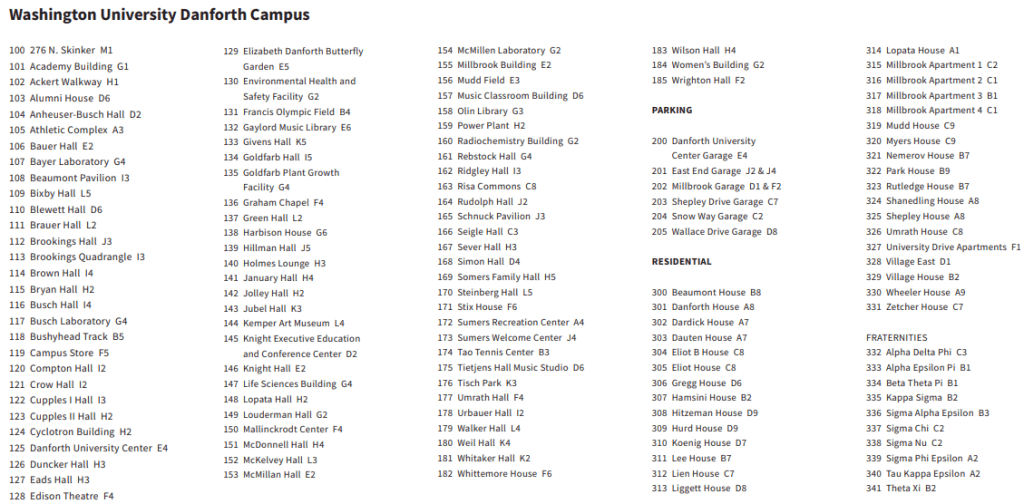
GPS Coordinates
N/A
Percent Concrete
N/A
Distance to Buildings
| Year | Close Building #1 | Close Building #2 | Close Building #3 |
|---|---|---|---|
| 2020 | Gaylord Music Library, 47.20 m | Danforth University Center, 56.19 m | Blewett Hall, 57.63 m |
Distance to Other Species
| Year | Close Species #1 | Close Species # 2 | Close Species # 3 |
|---|---|---|---|
| 2020 | Pin Oak, 3.98 m | Foster Holly, 4.74 m | Ohio Buckeye, 5.02 m |
Standard Measurements
| Year | Height (m) | DBH (cm) | Caliper (m) | Crown Diameter N-S (m) | Crown Diameter E-W (m) | Average Crown Diameter (m) |
|---|---|---|---|---|---|---|
| 2020 | 4.0286 | 7.6 | N/A | 2.42 | 2.40 | 2.41 |
| 2023 | 5.94 | 11 | N/A | 2.9 | 3.28 | 3.09 |
Nests and Pests
| Year | Description |
|---|---|
| 2020 | Scattered area of fungal leaf spot |
Leaf Identification
The leaves of the Foster Holly are 1″ to 4″ long with spiny marginal teeth and a leathery texture. They are a dark green and stay attached all year.
Twig and Bud Identification
Bark Identification
The Foster Holly has smooth, gray bark that is very thin.
Fruit Identification
The Foster Holly has bright red fruit that have a 1/4″ to 1/2″ diameter. These fruit are drupes, meaning that the flesh of the fruit surrounds a singular hard seed. The fruit remains on the tree throughout the winter.
Flower Identification
The flowers of the Foster Holly are white and fragrant. They are inconspicuous. They bloom in mid to late spring.
ID Tips
- The Foster Holly is quite similar to its parent, the American Holly, but a few differences may help identification.
- The Foster Holly has a consistently conical shape to its trees, whereas the American Holly may be conical but is likely a wider shape in silhouette.
- Unlike the American Holly, Foster Holly females can seed without male pollen, so if the tree is in a landscaping setting without other hollies, it may be more likely to be a Foster Holly, as the fruit is aesthetically desirable.



